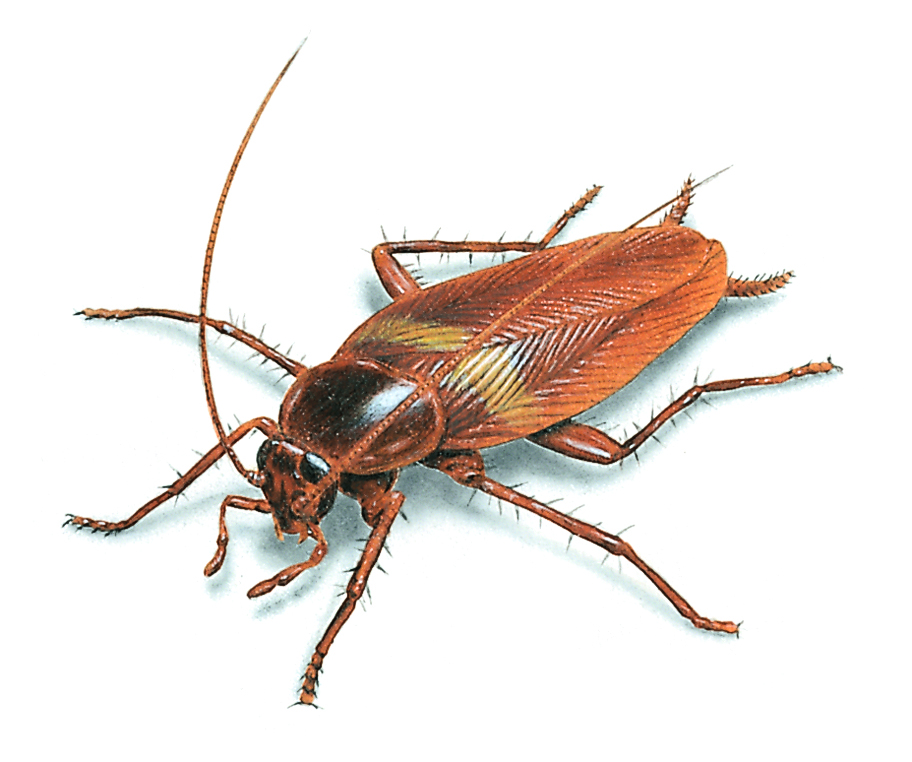Understanding Evolution. University of California Museum of Paleontology.
18 February 2015 <http://evolution.berkeley.edu/evosite/evo101/IIIENaturalSelection.shtml>
Natural selection is one of the basic mechanisms of evolution, along with mutation, migration, and genetic drift.
Darwin’s grand idea of evolution by natural selection is relatively simple but often misunderstood. To find out how it works, imagine a population of beetles:
There is differential reproduction.
Since the environment can’t support unlimited population growth, not all individuals get to reproduce to their full potential. In this example, green beetles tend to get eaten by birds and survive to reproduce less often than brown beetles do.
There is heredity.
The surviving brown beetles have brown baby beetles because this trait has a genetic basis.
End result: The more advantageous trait, brown coloration, which allows the beetle to have more offspring, becomes more common in the population. If this process continues, eventually, all individuals in the population will be brown.
If you have variation, differential reproduction, and heredity, you will have evolution by natural selection as an outcome. It is as simple as that.



